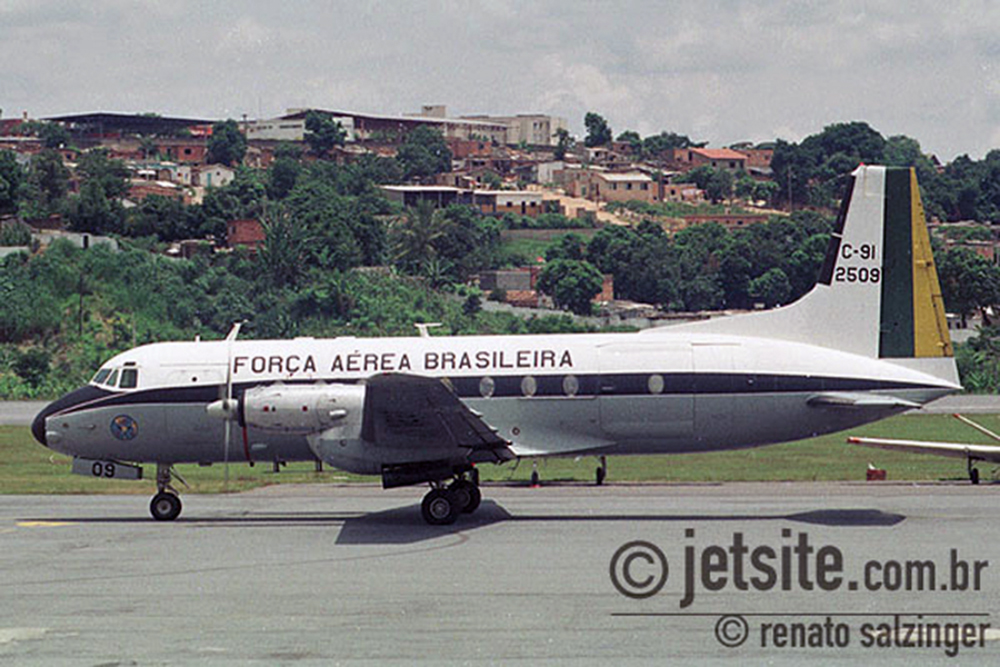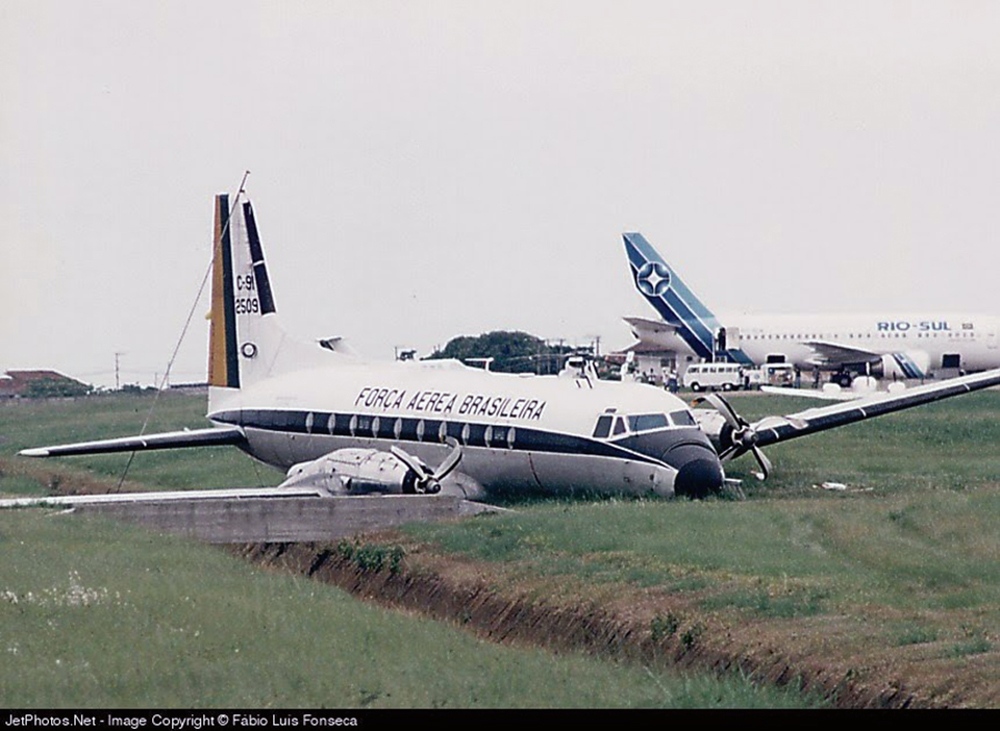Crash of a Learjet 35A in Manaus
Date & Time:
Mar 7, 2010 at 1535 LT
Registration:
PT-LJK
Survivors:
Yes
Schedule:
Palm Beach – Aguadilla – Manaus – Rio de Janeiro
MSN:
35-372
YOM:
1981
Crew on board:
2
Crew fatalities:
Pax on board:
4
Pax fatalities:
Other fatalities:
Total fatalities:
0
Captain / Total hours on type:
754.00
Copilot / Total hours on type:
410
Circumstances:
The aircraft was completing an ambulance flight from Palm Beach to Rio de Janeiro with intermediate stops in Aguadilla and Manaus, carrying one patient, a medical team and two pilots. During the takeoff roll from 10 at Manaus-Eduardo Gomes Airport, just before V1 speed, the crew heard a loud noise coming from the right side of the airplane. In the mean time, the aircraft started to deviate to the right. The captain decided to abandon the takeoff procedure and initiated a braking maneuver. Unable to stop within the remaining distance, the aircraft overran and came to rest 400 metres past the runway end. All six occupants escaped uninjured while the aircraft was damage beyond repair.
Probable cause:
The following findings were identified:
- The external tyre on the right main gear deflated during the takeoff roll,
- The crew retarded the power levers and deployed the spoilers,
- The crew did not use the parachute, judging the relative low speed and thinking this was an optional equipment,
- Technical analysis on the right main gear revealed that the six bolts on the external wheel torque were approximately 90% lower than foreseen, which may contributed to the tyre deflection.
- The external tyre on the right main gear deflated during the takeoff roll,
- The crew retarded the power levers and deployed the spoilers,
- The crew did not use the parachute, judging the relative low speed and thinking this was an optional equipment,
- Technical analysis on the right main gear revealed that the six bolts on the external wheel torque were approximately 90% lower than foreseen, which may contributed to the tyre deflection.
Final Report:






